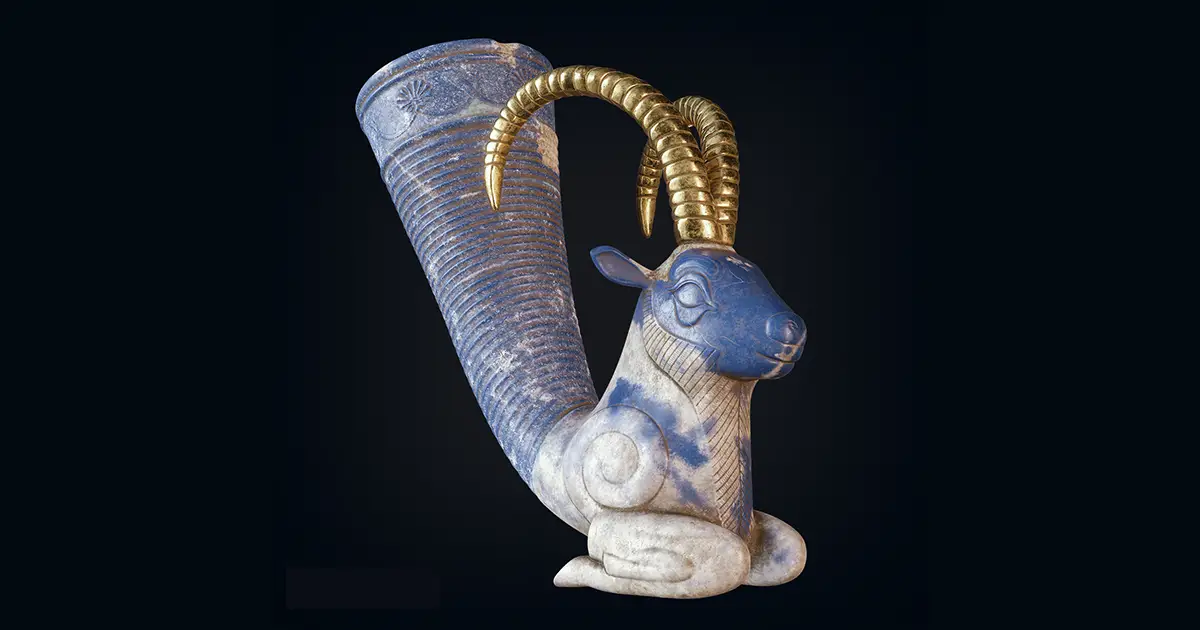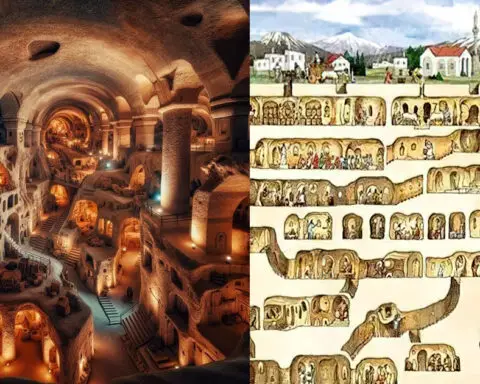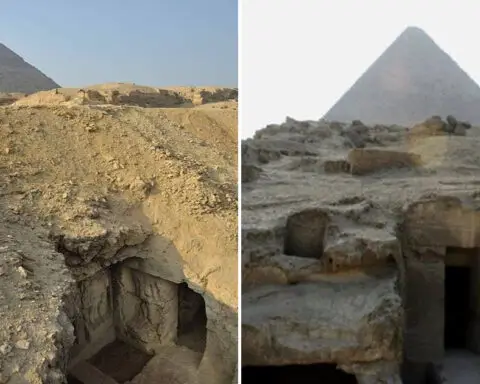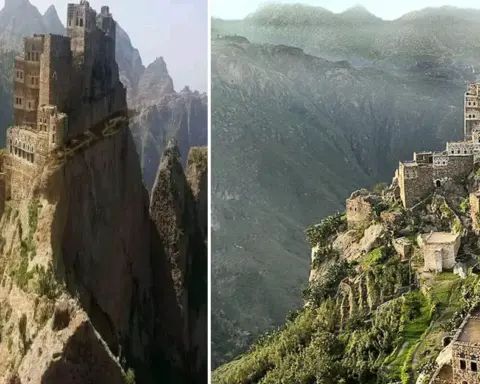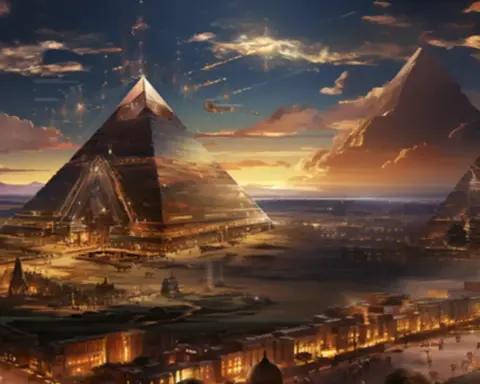The Timeless Treasure of the Abegg-Stiftung Foundation
In the serene ambiance of the Abegg-Stiftung Foundation in Switzerland, there lies a masterpiece that whispers tales of ancient opulence and artistry – an Achaemenid rhyton. This Persian artifact, a ceremonial drinking vessel, serves as a bridge to the past, capturing the essence of a civilization that flourished between the 6th and 5th centuries BCE. The Achaemenid rhyton, with its intricate blend of lapis lazuli and gold, stands as a testament to the unparalleled skill of ancient craftsmen, weaving a narrative of sophistication and luxury that has transcended millennia.
The Royal Hue of Lapis Lazuli
Lapis lazuli, with its deep celestial blue, has long been a symbol of luxury and divine favor, coveted by kings and emperors throughout history. Its journey from the rugged terrains of Afghanistan to the skilled hands of Achaemenid artisans is a saga of beauty and desire. The integration of this gemstone in the creation of the Achaemenid rhyton is not merely a testament to the artisan’s skill but a reflection of the cultural and spiritual ethos of the era. The lapis lazuli, in concert with gold, crafts a symphony of color that echoes the ancient Persian pursuit of beauty and divinity.
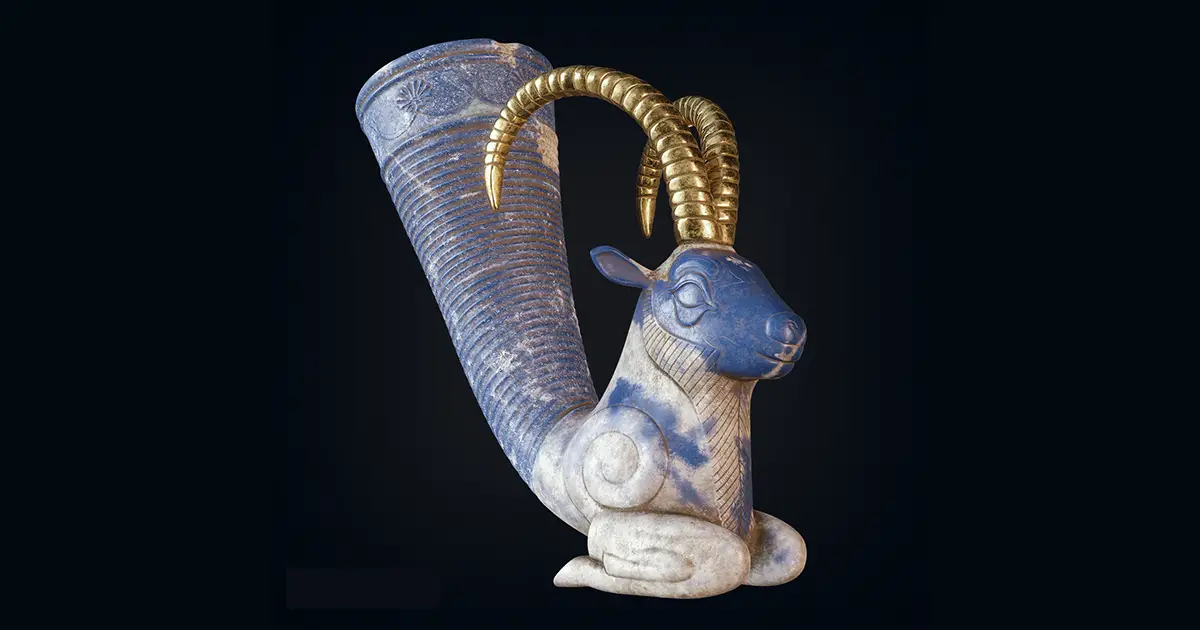
The Significance of the Achaemenid Rhyton
The Achaemenid rhyton, often shaped to mimic an animal’s head or a mythical creature, was more than just a vessel; it was a symbol of power and religious significance. The selection of lapis lazuli for such an esteemed object underscores the gemstone’s cultural importance. This choice reflected not only the aesthetic preferences of the time but also the deep-seated belief in the stone’s divine connection. The amalgamation of lapis lazuli with gold in these rhytons illustrates a deliberate effort to merge the celestial with the terrestrial, creating artifacts that were both utilitarian and symbolic.
The Artistry of Lapis Lazuli and Gold
The craftsmanship involved in the making of the Achaemenid rhyton is a marvel of ancient technology and art. The careful shaping of lapis lazuli into detailed forms, combined with the masterful manipulation of gold, showcases an advanced understanding of materials and a sophisticated aesthetic sensibility. This artifact, adorned with motifs and patterns that seem to dance under the light, invites the observer into a world where art and craftsmanship are revered. The meticulous workmanship not only highlights the artisans’ dedication to their craft but also their ability to imbue inanimate objects with life and history.
A Glimpse into the Grandeur of the Achaemenid Empire
The Achaemenid rhyton is not just an object of beauty; it is a portal to the past, offering insights into the rituals, beliefs, and societal structures of ancient Persia. Through this artifact, we gain a deeper understanding of the Achaemenid Empire’s complexity, its people’s reverence for the divine, and the role of art in their daily lives. The rhyton, with its lapis lazuli and gold, serves as a reminder of the empire’s might, its connection to the spiritual realm, and its legacy of cultural sophistication.
The Legacy Preserved at the Abegg-Stiftung Foundation
The preservation of the Achaemenid rhyton at the Abegg-Stiftung Foundation is a testament to the enduring fascination with ancient civilizations. The foundation’s commitment to safeguarding these artifacts ensures that future generations can appreciate the beauty and historical significance of Persian art. The rhyton, among other treasures, invites visitors to embark on a journey through time, exploring the depths of ancient craftsmanship and the cultural narratives that have shaped our understanding of history.
In conclusion, the Achaemenid rhyton, with its mesmerizing blend of lapis lazuli and gold, remains a beacon of ancient Persian artistry and ingenuity. This artifact, housed within the hallowed halls of the Abegg-Stiftung Foundation, continues to captivate and inspire, bridging the gap between the past and the present. As we delve into the mysteries of ancient Persia, the rhyton stands as a symbol of the enduring legacy of a civilization that, through its artistic achievements, reached for the divine and the eternal.
VIDEO:

